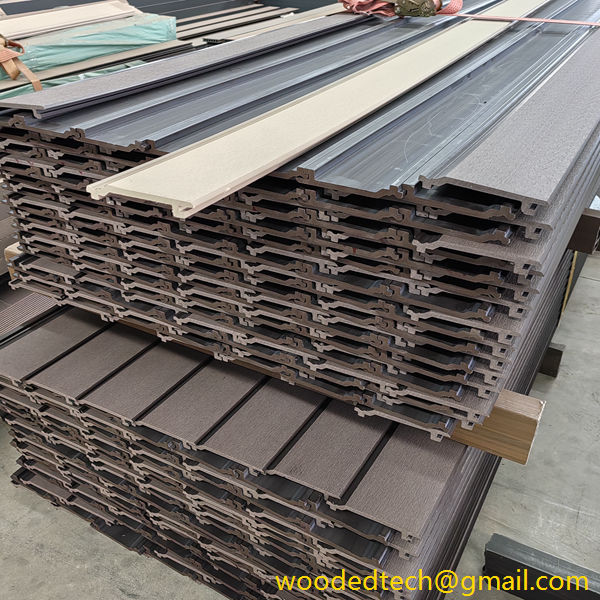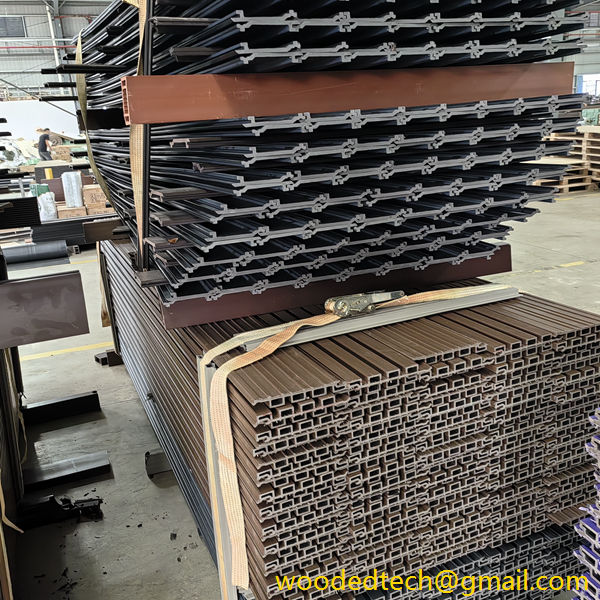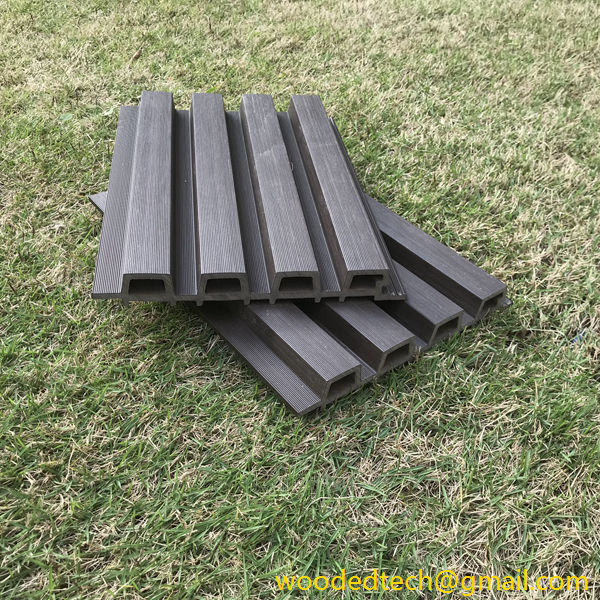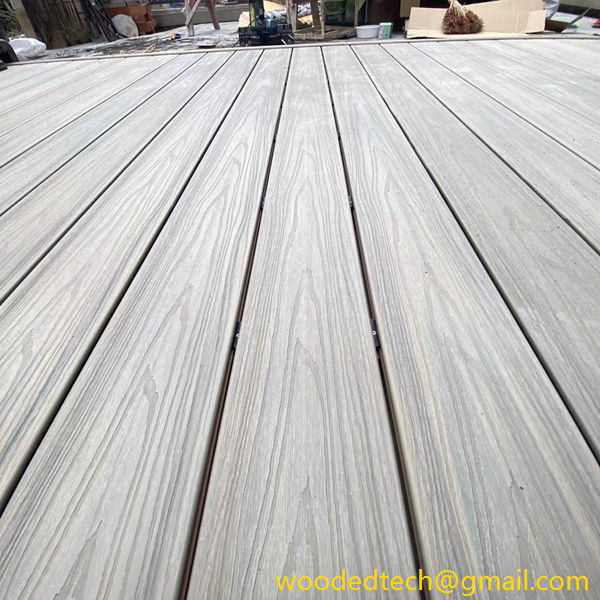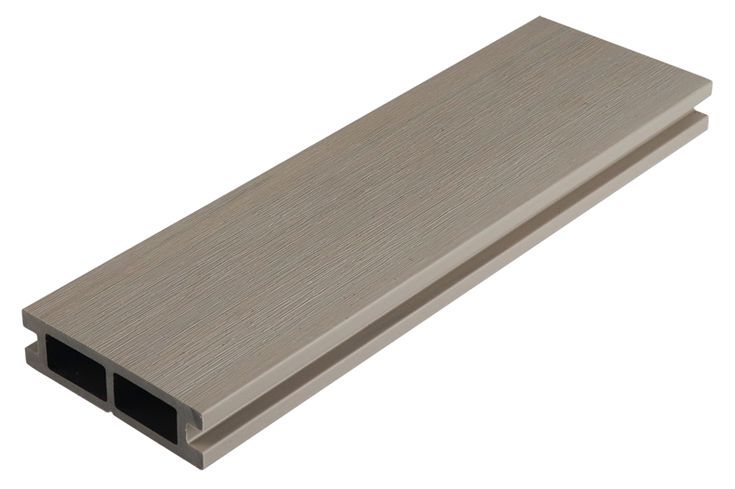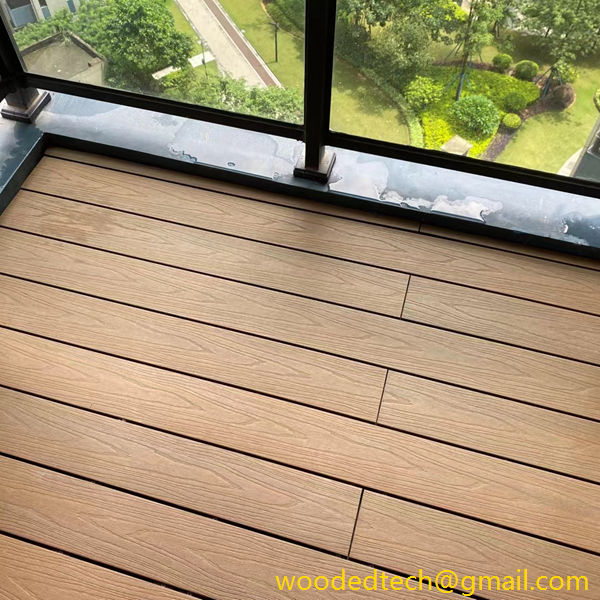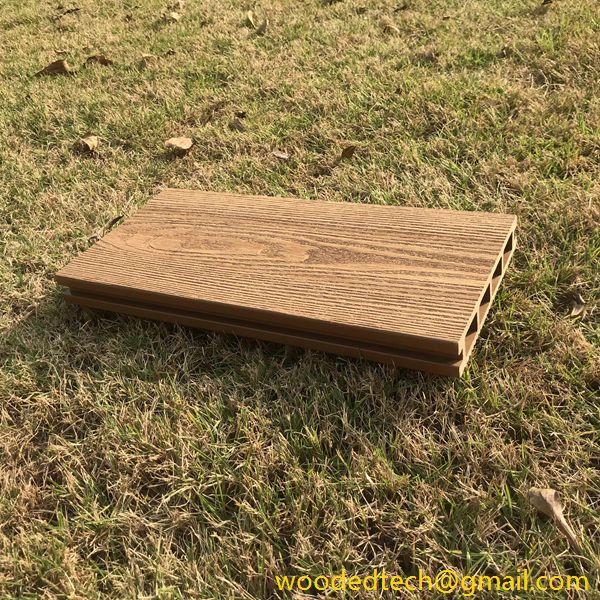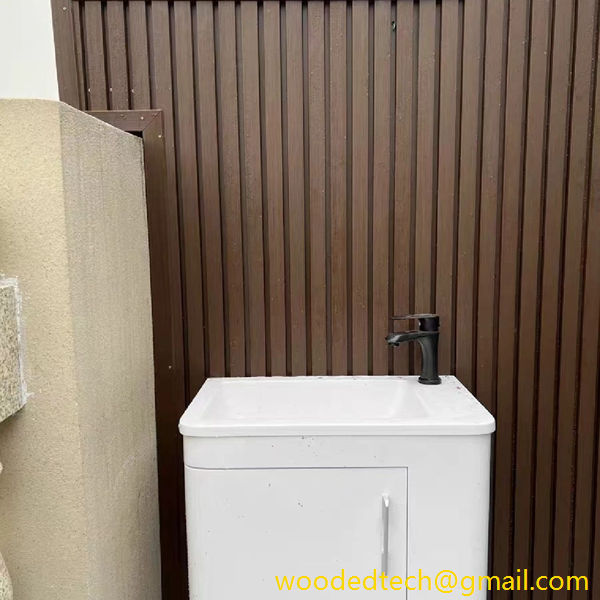Exterior Wall Panels: Explore Various Options for Durable Exterior Wall Panels
Exterior Wall Panels: Explore Various Options for Durable Exterior Wall Panels When it comes to enhancing the exterior of a building, choosing the right wall panels is crucial not only for aesthetic appeal but also for durability and ease of installation. Exterior wall panels come in a variety of materials, styles, and finishes, each offering…
Exterior Wall Panels: Explore Various Options for Durable Exterior Wall Panels
When it comes to enhancing the exterior of a building, choosing the right wall panels is crucial not only for aesthetic appeal but also for durability and ease of installation. Exterior wall panels come in a variety of materials, styles, and finishes, each offering unique advantages. Understanding these options can help homeowners, builders, and architects make informed decisions for their projects.
One of the most popular choices for exterior wall panels is vinyl siding. Vinyl panels are known for their affordability and low maintenance requirements. They are available in a wide range of colors and styles, allowing for customization to match the desired architectural look. The installation process for vinyl siding is relatively straightforward, making it an appealing option for DIY enthusiasts. Because the material is lightweight, it can often be installed over existing siding, reducing the need for extensive demolition. This can significantly cut down on labor costs and installation time.
Another option gaining popularity is fiber cement siding. Fiber cement panels are made from a mixture of cement, sand, and cellulose fibers, which gives them exceptional durability. They are resistant to rot, pests, and extreme weather conditions, making them suitable for various climates. One of the distinguishing features of fiber cement panels is their ability to mimic the appearance of wood or stucco while providing superior longevity. Although the installation process may require more skill and time compared to vinyl, many manufacturers offer pre-cut panels that can make the job easier. Additionally, the panels can be painted or stained after installation, providing further customization options.
Wood panels are another classic choice for exterior wall coverings. They bring a natural warmth and beauty to a building’s façade. However, wood requires more maintenance than other materials, as it is susceptible to rot, insect damage, and weathering. To counter these issues, many manufacturers offer treated wood options or engineered wood products that are designed to withstand the elements better. The installation of wood panels can be a bit more complex, often requiring specialized tools for cutting and fastening. However, for those looking for a timeless and rustic aesthetic, wood can be an excellent choice.
Metal siding, including aluminum and steel panels, offers a modern and industrial look. Metal panels are exceptionally durable and can withstand harsh weather conditions, making them ideal for areas prone to severe storms or heavy snow loads. They are also fire-resistant and can be coated to protect against corrosion. The installation of metal siding can vary in complexity depending on the panel system chosen. Some systems feature interlocking panels that are easy to install, while others may require more intricate fastening techniques. For those seeking a contemporary design, metal panels can be an exciting option.
Another innovative choice is insulated wall panels, which combine structural support with thermal insulation. These panels typically consist of a core of foam insulation sandwiched between two layers of metal or other materials. This type of panel is particularly advantageous for energy efficiency, as they help maintain stable indoor temperatures and reduce heating and cooling costs. The installation process for insulated panels can be more involved, often requiring professional assistance, but the long-term energy savings can make the investment worthwhile.
For those looking for environmentally friendly options, there are also sustainable exterior wall panels made from recycled materials or renewable resources. Bamboo panels, for example, are gaining traction as a green alternative due to their rapid growth and renewability. These panels can provide a unique aesthetic while also being lightweight and easy to install. Similarly, recycled composite materials offer durability and low maintenance, making them an attractive choice for eco-conscious builders.
When considering exterior wall panels, it is essential to take into account the local climate and environmental factors. For instance, regions with high humidity may benefit from materials that resist mold and mildew, while areas with extreme temperatures may require panels that provide better insulation. Additionally, the architectural style of the building should guide the choice of panel materials. A modern home may look stunning with metal panels, while a traditional home might benefit from the warmth of wood or fiber cement.
Regardless of the chosen material, proper installation is key to ensuring the longevity and performance of exterior wall panels. It is advisable to follow the manufacturer’s guidelines closely and consider hiring professionals if the installation seems beyond the skill level of the homeowner. Proper drainage, ventilation, and sealing are crucial to prevent moisture buildup, which can lead to structural issues over time.
In conclusion, the selection of exterior wall panels is a significant decision that can impact both the appearance and functionality of a building. With options ranging from vinyl and fiber cement to metal and sustainable materials, there is a solution to fit every style and budget. Understanding the benefits and installation processes of each type can help homeowners and builders make informed choices that will enhance their properties for years to come. Whether embarking on a new construction project or a renovation, exploring various options for durable exterior wall panels is an essential step in creating a resilient and attractive building.

